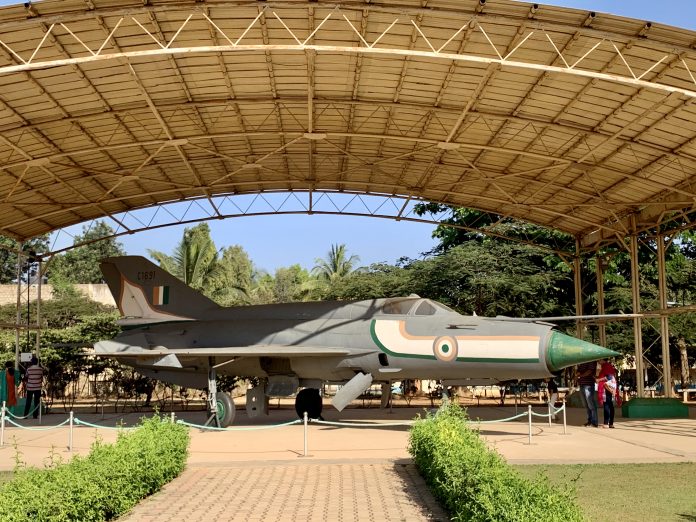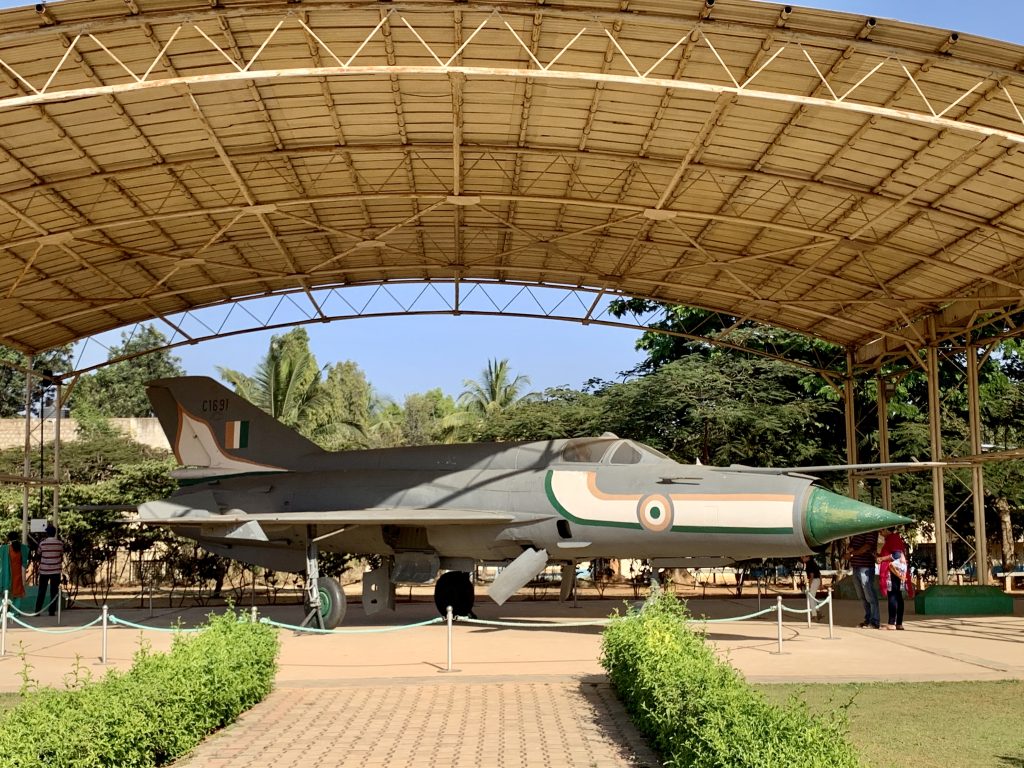
“AMCA is the only feasible one. Place the program under PMO. Designate it as a mission of national importance.” The sentiments of ex-Indian Air Force officer Ajay Ahlawat resonate with a sense of urgency as India stands at the crossroads in its airpower path. With the retirement of the MiG-21 fleet imminent and the indigenous AMCA stealth fighter still years from operational readiness, the Indian Air Force (IAF) must make swift, consequential decisions on the future of its fighter squadrons a choice that will shape the nation’s strategic posture for decades.

1. The Squadron Shortfall: MiG-21 Retirement and Immediate Gaps
Phasing out the remaining MiG-21s by September will reduce the IAF to a mere 29 fighting squadrons, well short of the authorised number of 42. Short of just numbers, it means an actual loss of India’s capability to sustain air domination on vulnerable frontiers, especially with regional competitors upgrading at breakneck pace. The sense of urgency is driven by an official IAF presentation to the government, which resulted in the appointment of an empowered committee, headed by Defence Secretary R K Singh, to suggest induction of fifth-generation fighters at the earliest to reinforce deterrence and preparedness in the face of growing pressure.

2. F-35 vs. Su-57: A Technical and Strategic Comparison
India’s temporary choices are reduced to two fifth-generation players: the US-made F-35 Lightning II and Russia’s Su-57 Felon. The F-35’s reputation is founded on advanced stealth, state-of-the-art sensor fusion, and complete integration within allied networks. Its radar cross-section is minimized via both shaping and radar-absorbing materials, and its distributed aperture system and helmet-mounted display are the benchmark for pilot situational awareness in contemporary air warfare. More than 1,000 F-35s are now operational in service around the world, with combat experience in several theaters.
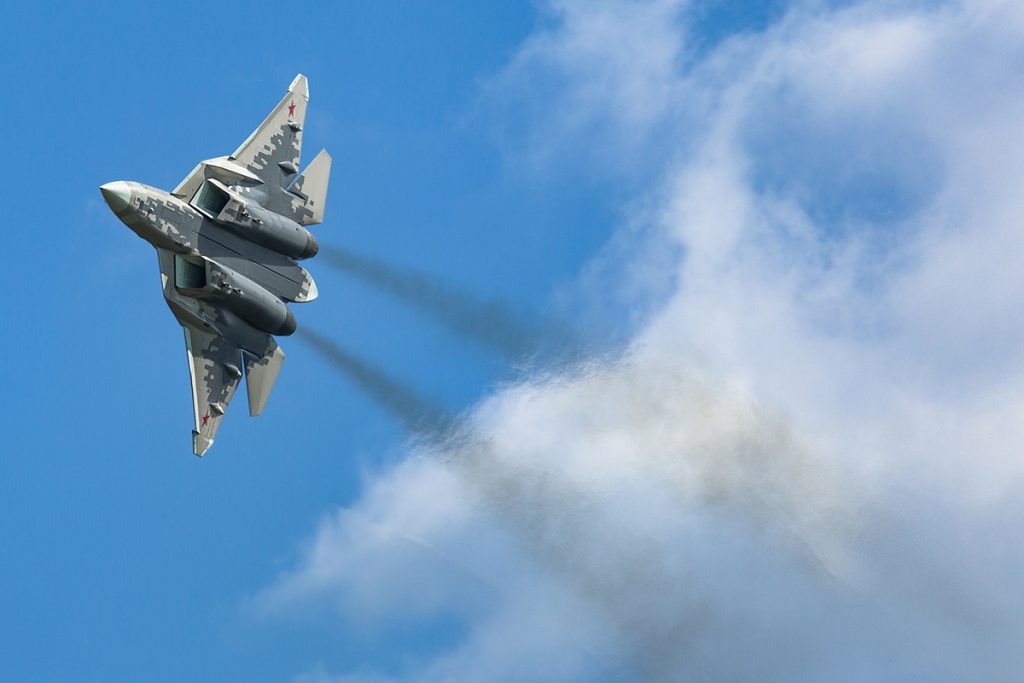
Su-57, on the other hand, possesses better maneuverability and attacking capability due to thrust-vectoring nozzles and twin-engine configuration. Its stealth is not as extensive, however, with such characteristics as forward canards and big engine nozzles adding radar visibility from some angles. Though it has integrated avionics and a heavy payload, sensor fusion and network integration are behind the F-35. Production has been sluggish, with only some 20 delivered to date, and complete operational deployment limited through technical and budget issues.

3. Geopolitical Strings and Supply Chain Trust
Deciding between American and Russian platforms is full of geopolitical strings. The F-35, though technologically sophisticated, is accompanied by tight export controls, operational limitations, and a supply chain highly controlled by the US. As Brandon J. Weichert writes, “The F-35’s lifecycle costs are staggering…hardly sustainable even for the Pentagon’s gargantuan trillion-dollar defense budget.” To India, with a defense budget of approximately $80 billion, procurement and maintenance of the F-35 would not only entail financial outlays but also a huge transformation of logistics and training to US standards.
The Su-57 comes at a lower unit price between $35 million and $50 million and is compatible with India’s current Russian-origin infrastructure. Russia’s propensity to negotiate local production and technology transfer could enhance India’s industrial capability, but the operational maturity of Su-57 and the stability of its supply chain are uncertain, particularly against the backdrop of international sanctions.
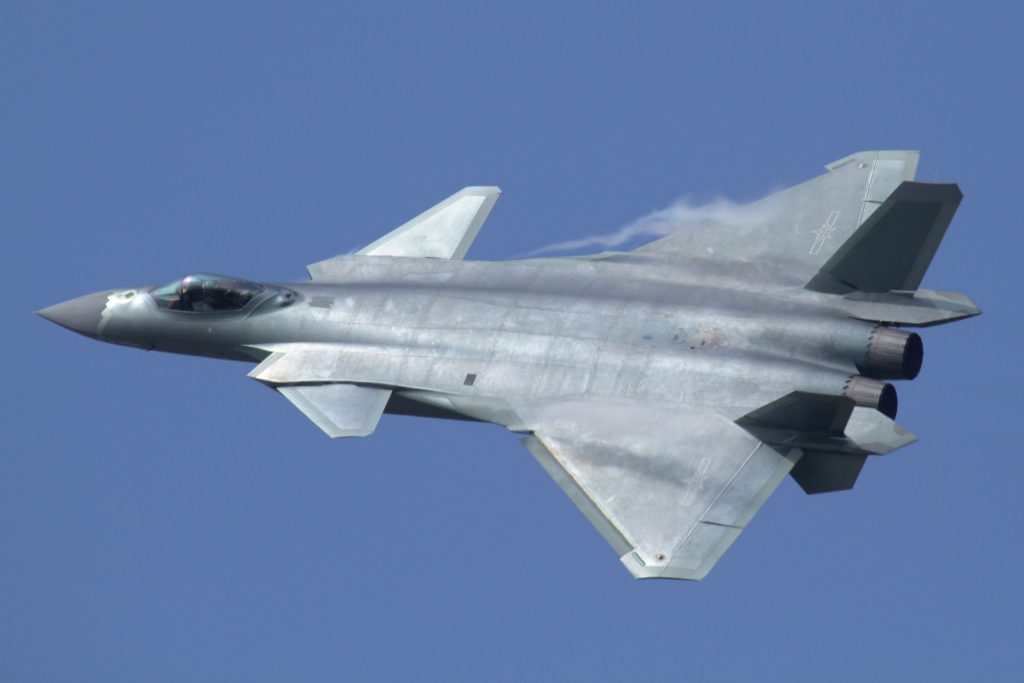
4. China’s Accelerating Edge: J-20, J-31, and Sixth-Generation Ambitions
India’s urgency is compounded by China’s rapid development. The People’s Liberation Army Air Force (PLAAF) currently operates an estimated 300 J-20 stealth fighters, with production rates reportedly increasing to nearly 100 airframes per year. The J-20A variant features new engines (WS-15), new-generation avionics, and new materials aimed at matching the F-35’s stealth and sensor capabilities. At the same time, the J-35/FC-31 is progressing towards carrier compatibility, while the PLA is working aggressively on sixth-generation “J-XD” platforms that hold out further advances in propulsion, networking, and unmanned teaming with the US NGAD program as the reference point.
China’s willingness to export fifth-generation fighters, particularly to Pakistan, adds a new dimension to the regional balance. The Indo-Pakistani War’s lessons where Chinese-made systems performed better than expected underscore the necessity for India to close its capability gap swiftly.
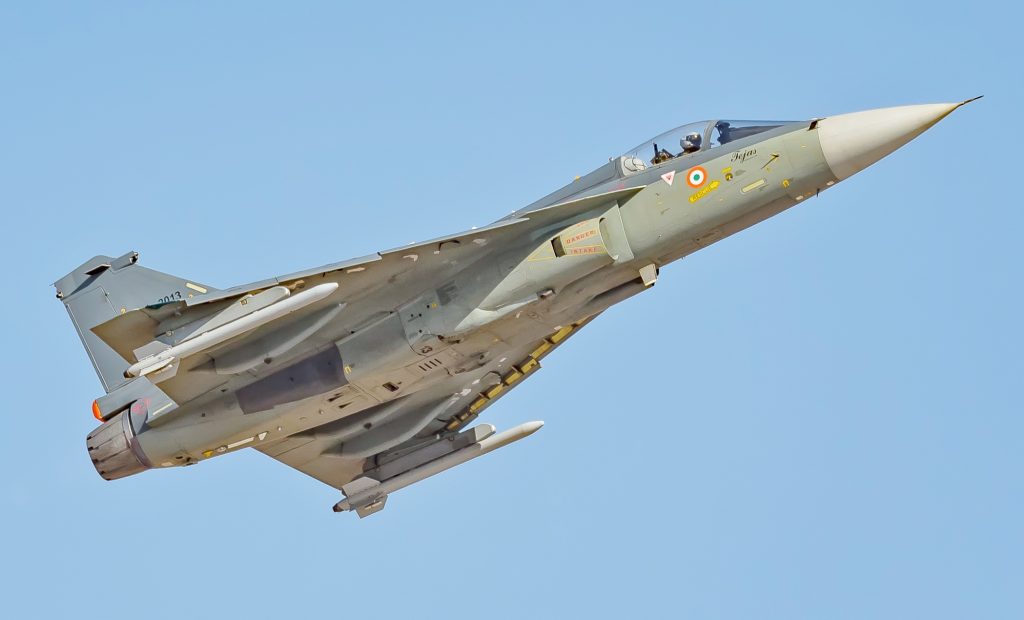
5. The AMCA Program: Promise and Peril
India’s Advanced Medium Combat Aircraft (AMCA) represents the nation’s ambition for technological self-reliance. The project, approved for $1.8 billion, is intended to provide 120 fifth-generation stealth fighters from 2036 onwards. The AMCA will incorporate stealth coatings, internal weapons bay, next-gen AESA radars, and AI-based systems. India, though, has its own set of major challenges in stealth materials, development of jet engines, and integrating sensors. Delays are certain, considering the intricacy and the nation’s relatively low experience with similar cutting-edge technologies versus the world peers.
Veterans such as Ahlawat push for direct control and a centralized command hierarchy to avoid bureaucratic lags. “Appoint one IAF 3-star as head of the program and he reports to NSA. All agencies under single chain of command,” he pleads.
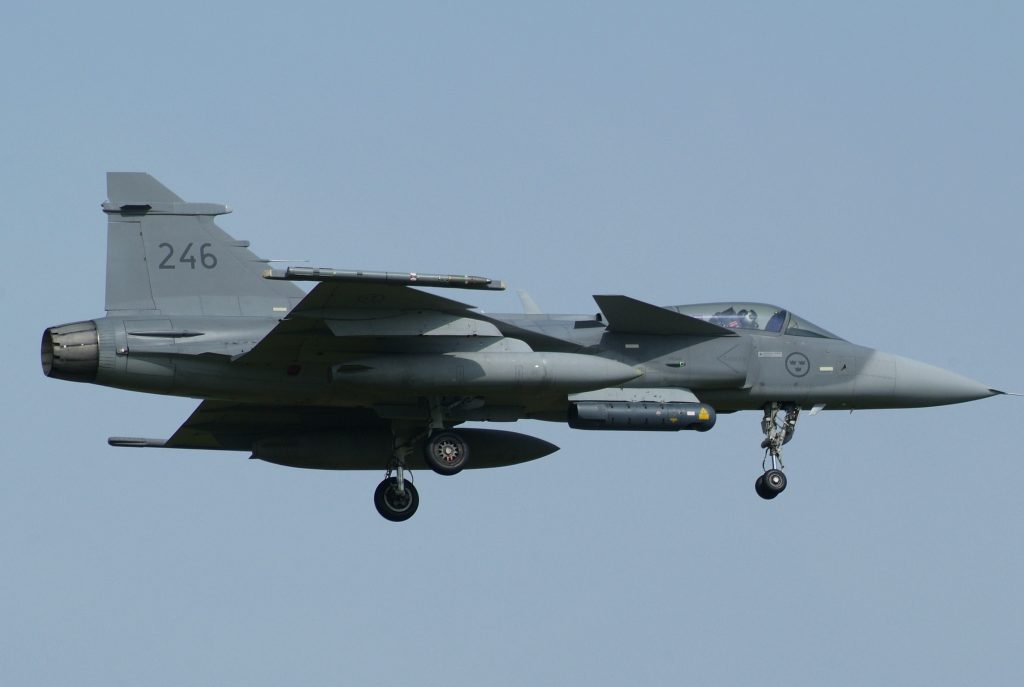
6. Make in India: The Parallel Track of Domestic Manufacturing
To meet both short- and medium-term requirements, India is progressing the MRFA (Multi-Role Fighter Aircraft) project an international tender for 114 new 4.5-plus generation fighters to be manufactured indigenously with foreign collaborators. Bidders have to pledge large-scale technology transfer and domestic manufacturing, with an objective of supplying up to 24 aircraft a year. Saab’s (Gripen), Boeing’s (F-15EX, F/A-18E/F), Lockheed Martin’s (F-21), Dassault’s (Rafale F4), and the Eurofighter consortium bids are being considered. The target: restock squadrons speedily with an eye to developing indigenous capability for eventual autonomy and export opportunity.

7. Recent Conflict and the Cost Equation
The recent war between Indo-Pak showed how Chinese-manufactured warplanes and missiles surpassed Western systems at the start, while Russian gear was more cost-effective and stable for India. The F-35’s unit price, from $110 million to $135 million, is augmented by such high lifecycle costs and operational limitations. The Su-57, although less stealthy, provides affordability, compatibility with current infrastructure, and the potential for bountiful offset deals.
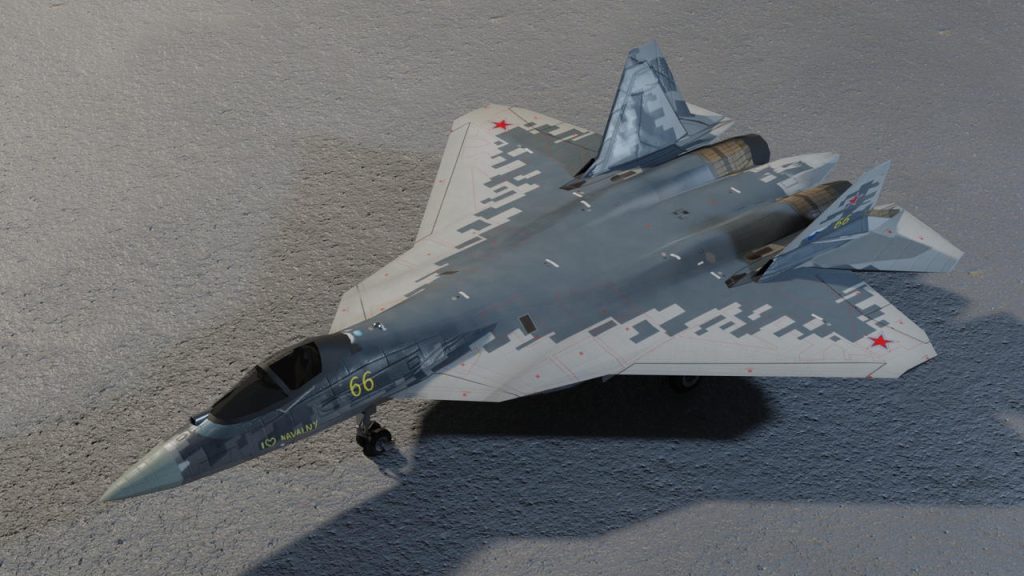
As Weichert points out, “If New Delhi were to make a switch over to the F-35 program to appease their American friends, it would likely prove disastrous for the IAF.” Threat of sanctions or withheld assistance, as in the case of Turkey’s removal from the F-35 program due to its S-400 acquisition, hangs in the air.
India is at a juncture where all alternatives have costs between technological advantage, strategic autonomy, industrialization, and fiscal discipline. The imperative to act is compelling, with the skies over the region becoming increasingly contested and the room for miscalculation shrinking.
